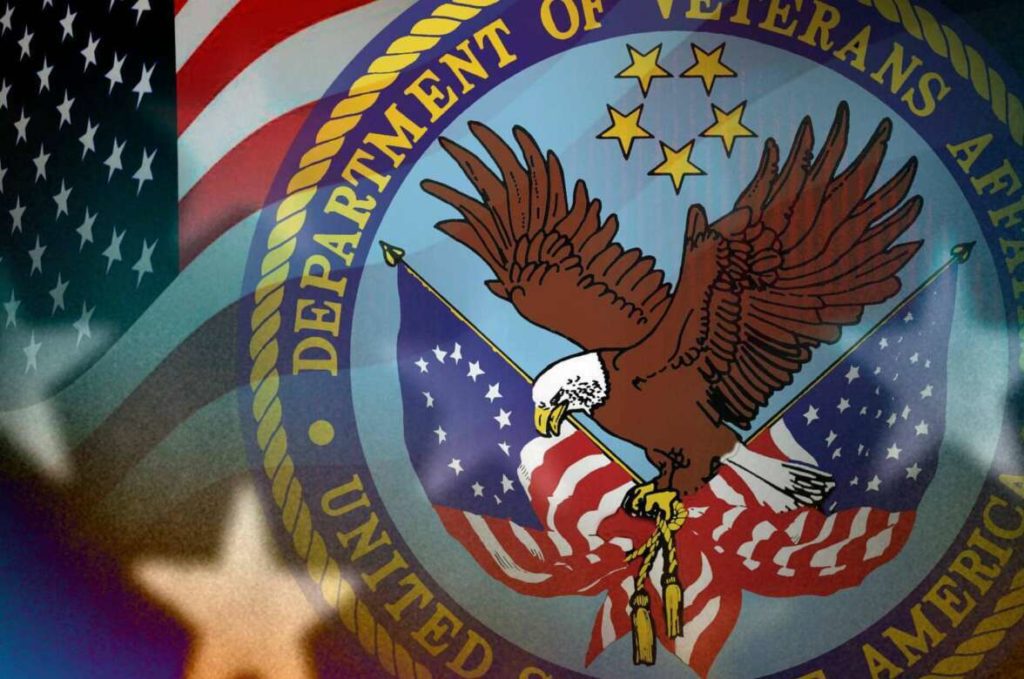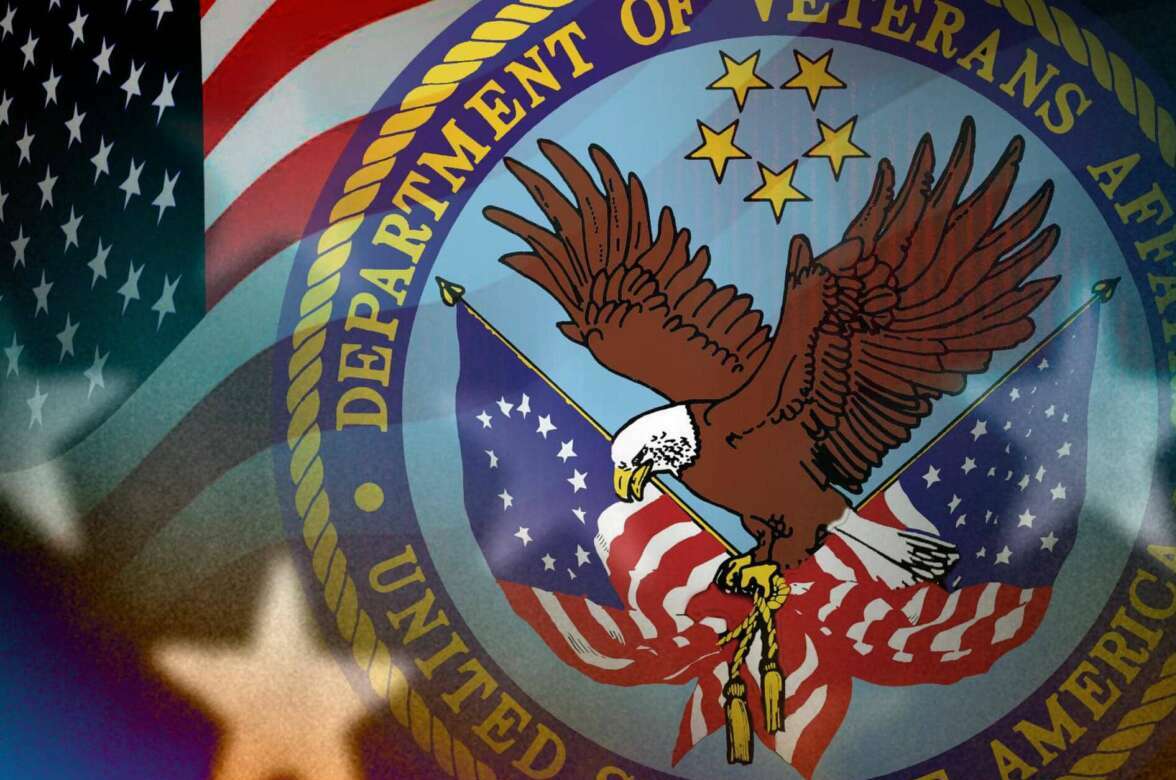
The Department of Veterans Affairs is juggling a variety of challenges to deliver benefits more quickly and work down its backlog of disability claims, which skyrocketed last year as the COVID-19 pandemic placed new constraints on an already complex process.
There are 191,700 disability claims in VA’s backlog today. The Veterans Benefits Administration expects the backlog will grow and then peak sometime this summer, to somewhere in the range of 225,000-to-240,000 pending claims by August.
“Not all the challenges we face are related to the pandemic,” Thomas Murphy, VBA’s acting undersecretary for benefits, told the Senate Veterans Affairs Committee Wednesday afternoon. “Under a recent court order, VBA must re-adjudicate over 62,000 Blue Water Navy claims. These claims were added to the inventory in April. In addition, we’re about to begin processing claims for the three new Agent Orange presumptive conditions mandated by Congress of bladder cancer, Parkinsonism and hypothyroidism. We’ve seen a slow decrease in the backlog over the last couple of months, but these new issues and a continued rollover of claims currently in inventory, will see a short-term spike in the backlog this summer.”
If all goes well, the disability claims backlog should drop to 140,000 by the end of this fiscal year and return to pre-pandemic levels of about 100,000 by the end of 2022, Murphy said.
“I’m concerned, however, that next year isn’t soon enough for disabled veterans weathering the storm of this pandemic,” Jon Tester (D-Mont.), chairman of the Senate Veterans Affairs Committee, said. “I’m also concerned that as VBA concentrates on speed, it risks sacrificing quality. Disabled veterans must have confidence that their claims will be fairly and accurately decided.”
VBA made progress with the disability claims backlog in recent months. When the department last testified on this topic before the House back in March, it had 210,000 disability claims in the backlog.
Murphy said VBA is trying to scan and digitize more veterans records, which helped the department address veterans’ claims with slightly more speed.
The pandemic created a chokepoint within the National Archives and Records Administration, which stores military records at the National Personnel Records Center (NPRC) in St. Louis, Missouri. Veterans need access to those records in order to begin the disability claims process with VA, and the pandemic forced NARA to close its facilities.
“We got to the point where we were right around 100,000 [records requests],” said Murphy, who sent VBA officials to the NPRC to determine what VA could do to help.
VBA spoke with NARA and encouraged the agency to add additional employee shifts on nights and weekends so it could process more records requests. VA will also help NARA pay for additional employee overtime to process those requests using some of the COVID-19 relief funds it received from Congress, Murphy said.
As of April 11, NARA had a working inventory of 8,700 military records requests, which Murphy said falls within the agency’s pre-pandemic levels. NARA today can turn documents around within a few days’ time, he added.
“At the same time, we know that NARA is sitting on several hundred-thousand records requests that come through other sources, but we’ve been prioritized because we’re taking care of veterans,” Murphy said.
Congress skeptical of VA’s reliance on contractors for C&P exams
Compensation and pension (C&P) exams, which the agency uses to determine a veteran’s eligibility for health and other benefits, is another chokepoint.
The department temporarily paused in-person exams for two months starting last April during the height of the pandemic. VBA’s contractor workforce gradually restarted in-person exams over the course of last year, and the Veterans Health Administration is performing more of its own face-to-face exams as well.
Still, at least 58,000 veterans haven’t shown up for their C&P exams, Murphy said, and their claims will stay pending until they do.
Contractors, which VA rely on to conduct nearly 90% of its C&P exams today, are a key part of the department’s plans to work down the backlog of pending disability claims.
The department said VBA’s contractors conduct roughly 45,000 C&P exams each week.
“While it’s a bad thing to have our backlog doubled, it’s only doubled based on what we had,” Murphy said of the backlog. “That includes us shutting down for five months. We have a fairly quick recovery here. Our contractors are covering in excess of 45% more exams per day than we were, and VHA has more than doubled the capacity of examinations they are doing. Through leveraging what we have in VHA and tie that with our contractors, we’re able to quickly recover from this and get all of our veterans through in a fairly expeditious manner. It can never be fast enough; I get that. But it’s going fairly well.”
Some in Congress, however, are skeptical VA’s contractors are truly equipped to conduct accurate exams, and the Government Accountability Office said the department didn’t have a system in place to ensure their vendors have completed proper training.
The department said VBA is communicating with VHA about the number of C&P exams it needs VA examiners to handle. But GAO said VA’s long-term strategy for the C&P exam workload isn’t clear.
“They do appear to coordinate on a day-to-day basis on what exams need to be done right now,” Elizabeth Curda, GAO’s director of education, workforce and income security, said. “But what concerns us [is] that as of this year to date, the contractors are now performing 90% of exams, and a lot of medical examiners we spoke to weren’t aware the capacity was shifting to mostly contractors.”
VBA said it has three layers of quality checks to ensure contractors’ C&P exams are up to par, including financial penalties for the vendors if they fail to meet quality metrics.
“[With] the training program, the requirements [and] the credentialing that we have, the quality of the examination you can get from one of our contract providers is equivalent to what you can get in VHA,” Murphy said.





